When most people think about training glutes, aesthetics is usually the first thing that comes to mind. While certain exercises can sculpt different parts of the glutes–when performed with proper form, of course–there is so much more to glute training than just looking good.
By training your glutes properly, you can actually reduce back pain. Your glutes work to stabilize the pelvis and maintain proper movement of the hip joint. When your glutes are strong, it reduces the amount of impact your lower back experiences during movement.
Strong glutes also play a role in injury prevention. A strong glute medius keeps your pelvis stable from swaying side to side too much. When your pelvis isn’t stable, it puts a lot of pressure on your knees and ankles, which over time can cause chronic pain and injury.
The glutes are the largest muscle in the human body, but for most people they are underworked or worse–completely inactive. By strengthening your glutes and creating a mind-muscle connection, you will not only improve your everyday movement patterns, but you will also increase your athletic performance. Stronger glutes will improve your speed, agility, and jumping skills, and quick lateral movements will become much safer and easier. Strong glutes also help your pelvis stabilize when you run. This is important for all athletes, or anyone who trains like one!
Proper glute training also creates better posture, and who doesn’t want to look taller and more confident? Many people suffer from poor posture, as a result from sitting all day. Long periods of sitting causes tight and shortened hip flexors, weak and overstretched hip extensors, and glutes that forget how to activate properly. All of those contribute to postural deviations. By adding some compound lower body movements (hip thrusts, squats, deadlifts, and lunges) you will wake up your glutes and strengthen your posterior chain, which will improve your posture.
Glute workouts can also help increase bone density. Bone density peaks somewhere between 5 and 10 years after skeletal maturity. Starting as early as age 30, old and damaged bone is reabsorbed faster than new bone is formed, resulting in increased risk of osteopaenia and osteoporosis. Exercises that place mechanical stress on the bones, including lower body weight training, can postpone and even reverse the effects of age-related bone-density loss.
Proper glute training can also help increase fat loss. Given that the glutes and hamstrings are two of the largest muscle groups in the body, their potential contribution to fat loss is not to be underestimated. By incorporating a variety of squats, lunges and other compound movements in a circuit, you will build muscle, torch fat and continue burning calories for 24 to 48 hours after your workout is over.
These are just some of the benefits of glute training. In addition to sculpting a killer backside, lower body and glute-specific exercises can increase fat loss and bone density, athletic performance, and aid in better posture and pain/injury prevention.
Not sure how to target your glutes?
Coming soon to the NAC.. the Booty Builder – the original hip thrust machine!
This article was written by NAC personal trainer, Kristen Ramezzana!
Schedule a complimentary program review with Kristen to evaluate your current training program.
Oops! We could not locate your form.

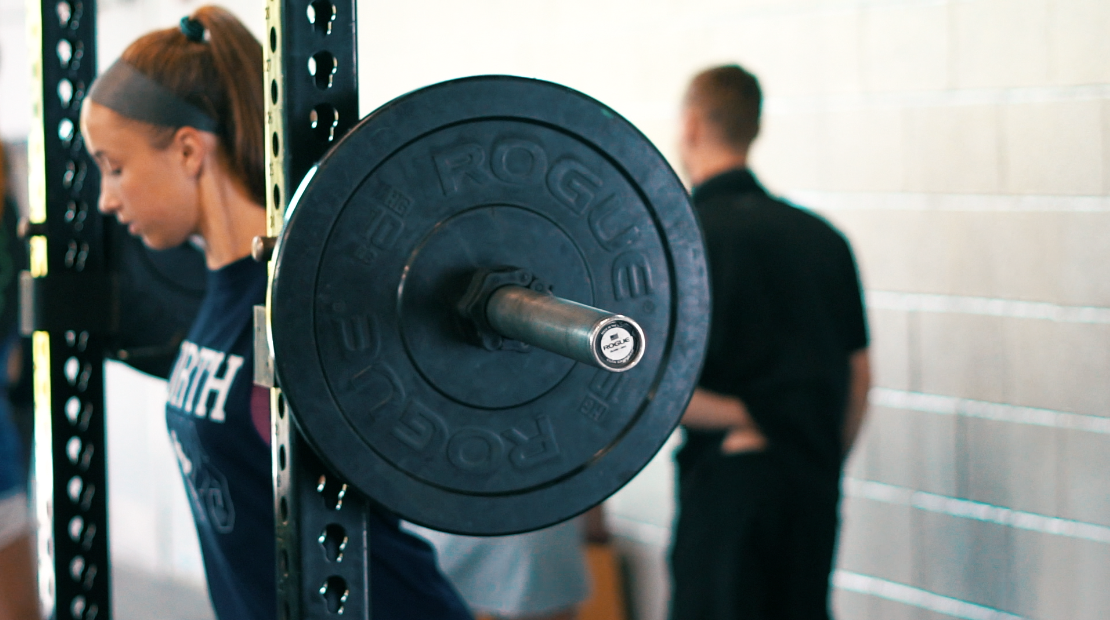
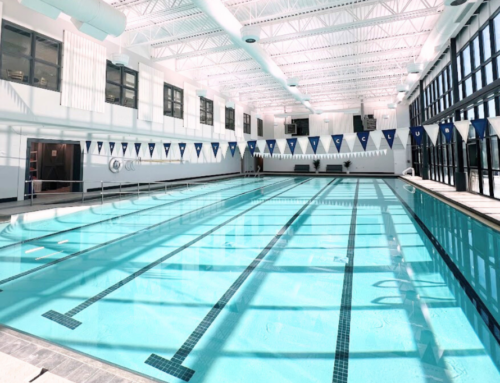
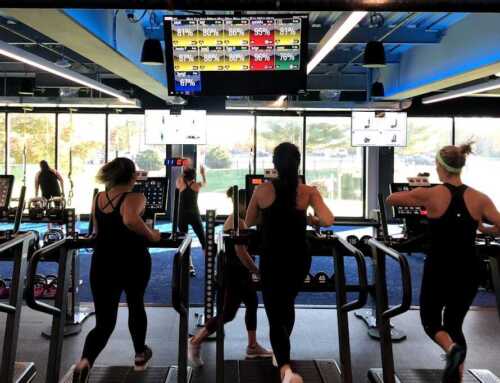
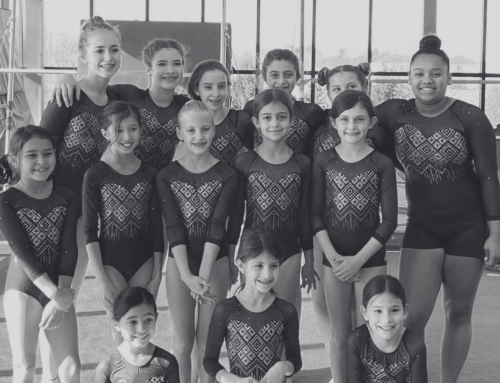
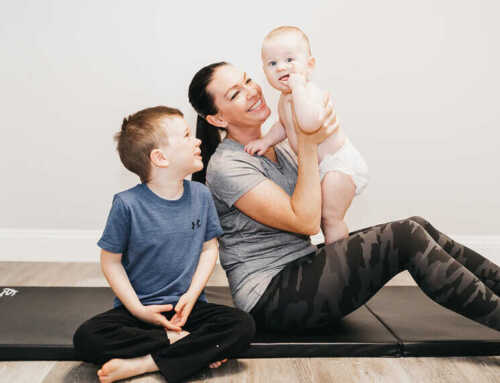
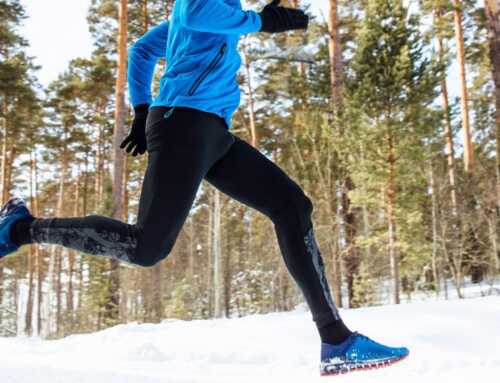
Leave A Comment